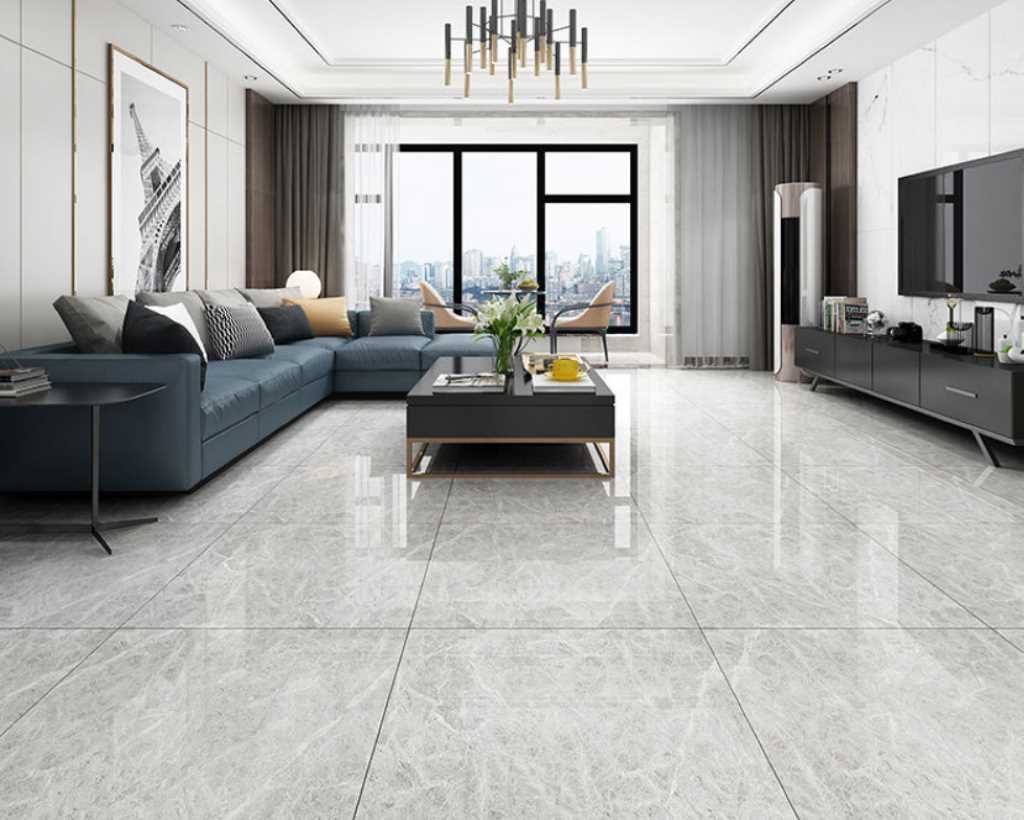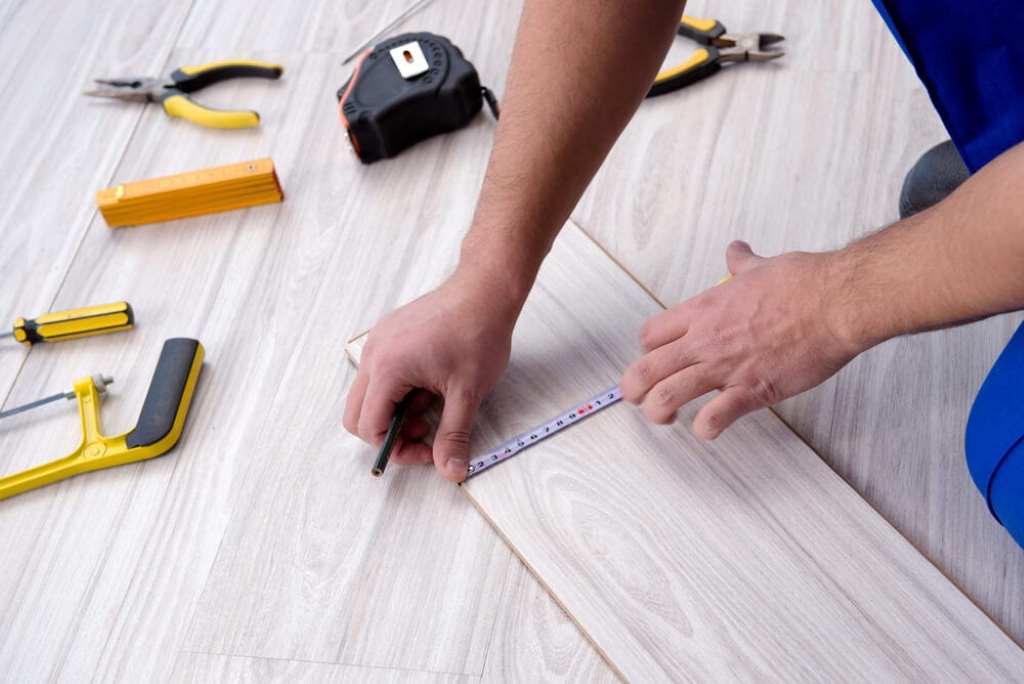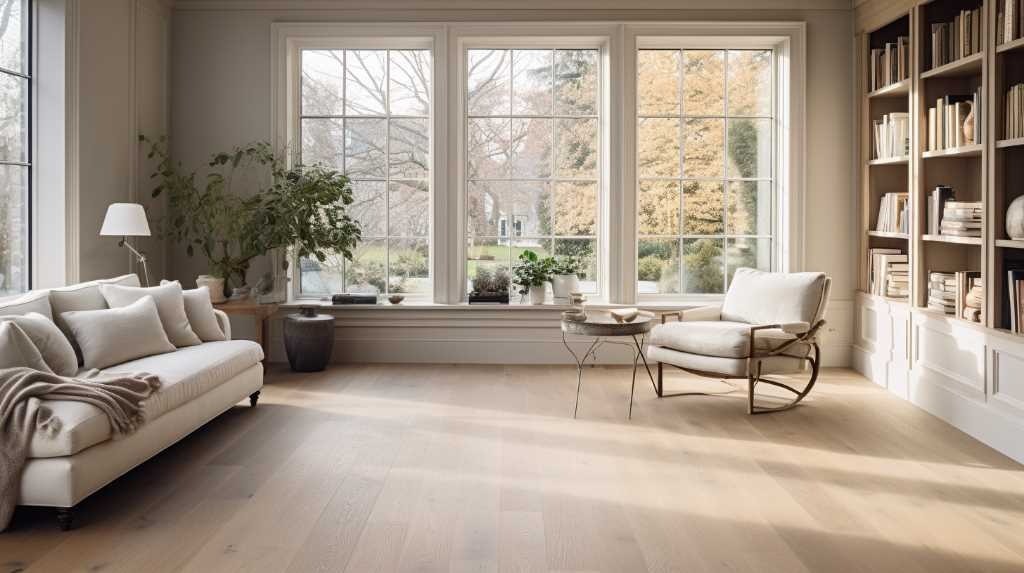When considering home improvements that can save money in the long run, flooring might not be the first thing that comes to mind. However, the right flooring choice can significantly impact your home’s energy efficiency, leading to substantial savings on your energy bills. This article explores how different flooring materials and technologies contribute to energy efficiency and which options might be best for your home.
Understanding Thermal Resistance
The key to a floor’s energy efficiency lies in its thermal resistance, also known as the R-value. The higher the R-value, the better the material resists heat flow, meaning it prevents heat loss in the winter and heat gain in the summer. This can translate to less energy used for heating and cooling, ultimately lowering your energy bills. To further enhance energy efficiency and comfort, consider soundproofing your windows.
Flooring Materials and Their R-Values
- Carpet: Carpet itself is not a great insulator. However, carpet with a thick, high-density pad underneath can significantly increase the R-value. The combination of carpet and pad can offer excellent thermal resistance, particularly if the pad is made from materials like felt, foam, or rubber.
- Cork: Cork is a natural insulator with a relatively high R-value. It’s also sustainable and hypoallergenic, making it a popular choice for eco-conscious homeowners.
- Wood: Hardwood floors have a lower R-value than carpet and cork, but they can still contribute to energy efficiency. Engineered wood floors, which have a plywood base, tend to be slightly better insulators than solid hardwood.
- Laminate: Similar to wood, laminate flooring has a relatively low R-value. However, some laminate floors come with built-in underlayment that can improve their thermal resistance.
- Tile and Stone: Tile and stone are poor insulators and have very low R-values. They can feel cold underfoot in the winter and may contribute to heat gain in the summer. However, you can significantly improve their energy efficiency by installing radiant floor heating underneath.
Radiant Floor Heating: A Game-Changer
Radiant floor heating is a system of tubes or wires installed beneath the floor that circulate warm water or generate heat. This system can be used with any flooring material but is particularly effective under tile and stone, transforming cold surfaces into warm, comfortable ones.
Radiant floor heating is more energy efficient than traditional forced-air heating because it warms objects and people directly rather than heating the air. This can result in significant energy savings, especially in well-insulated homes.
Additional Factors to Consider
- Subfloor: The subfloor, the layer beneath your finished flooring, also plays a role in energy efficiency. A well-insulated subfloor can significantly enhance the thermal resistance of your floor, regardless of the material you choose for the finished surface.
- Installation: Proper installation is crucial for maximizing the energy efficiency of your floor. Gaps and air leaks can undermine even the best insulating materials. Consider hiring a professional installer to ensure the job is done correctly.
Making the Right Choice for Your Home
The best flooring choice for energy efficiency depends on your specific needs and budget. If you prioritize warmth and comfort, a carpet with a high-density pad or cork flooring might be ideal. If you prefer the look of wood or tile, consider installing radiant floor heating to improve their thermal performance. Additionally, learning how to fix a sloping floor can enhance both the aesthetics and energy efficiency of your home.
No matter which option you choose, be sure to prioritize materials with high R-values, invest in quality underlayment or subfloor insulation, and ensure proper installation. By making an informed decision, you can enjoy a beautiful, comfortable floor that also saves you money on energy bills.
Key Takeaways:
- Flooring choices can significantly impact your home’s energy efficiency and your energy bills.
- R-value is a key factor to consider when choosing flooring materials.
- Carpet, cork, and radiant floor heating are excellent options for energy efficiency.
- Proper installation and subfloor insulation are crucial for maximizing energy savings.
By taking these factors into account, you can make a flooring choice that not only enhances the beauty and comfort of your home but also contributes to a more sustainable and cost-effective lifestyle.





